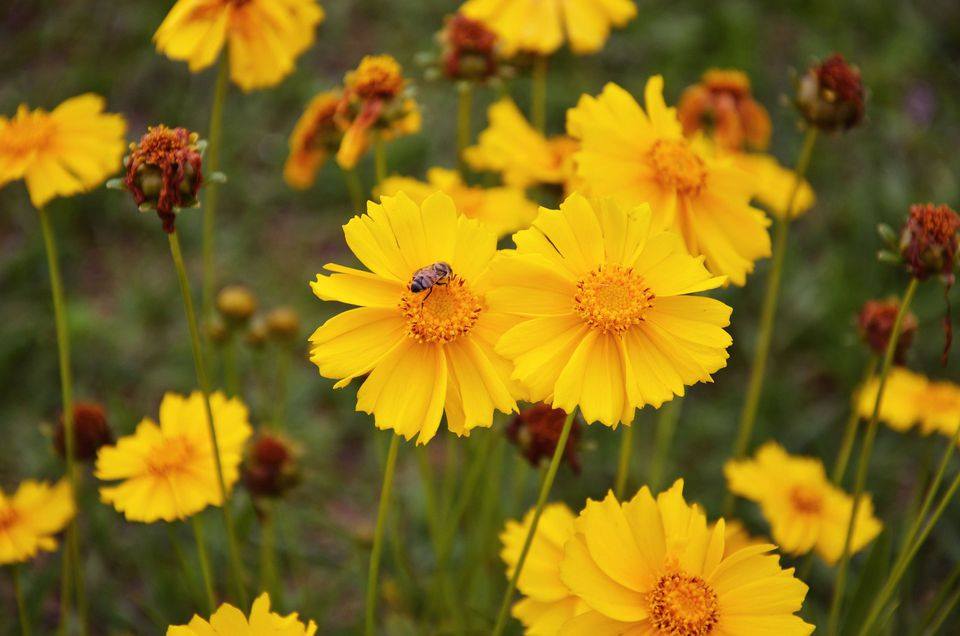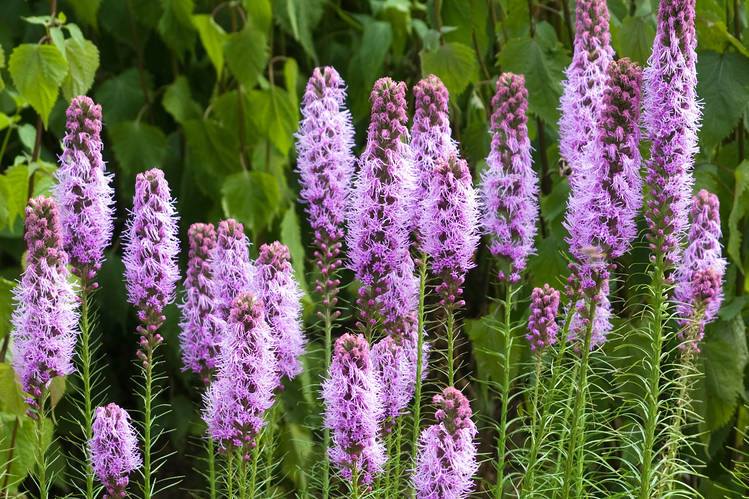I'm describing the bright colors of our fave native perennials. These hard-working superstars will bloom all through the summer with a little care and occasional deadheading to promote even more blooms.
ASTER - offers hundreds of species across North America. Asters prolifically naturalize to cover large sunny, dry prairies. Excellent border plant in a broad array of colors from pale blue to regal purple. Asters bloom from July through the first hard frost. Butterflies, bees and wasps and other pollinators love the abundant nectar.
COREOPSIS, also called 'Tickseed' comes in a range of warm colors from pale yellow to gold to rusty red and combos of these colors. Ray-shaped flowers dance on thin stems about 18-24" tall, perfect with mid-height native grasses like little bluestem or prairie dropseed.
ECHINACEA or coneflower should be in everyone's garden, right? The common name comes from the 'cone' of densely packed seeds in the center of the petals. Songbirds love the seeds, and while you can grow plants from seed, most people prefer to used root cuttings or plant divisions. All parts of the plants have medicinal value, from the flowers to the roots.
LIATRIS, or blazing star, is the queen of sequel blooming. With at least nine species you can plant, you'll enjoy their lavender to deep purple spikes from spring through fall. Once dominant on the Grand Prairie, blazing star does remarkably well in home gardens. Its unusual characteristic of blooming from top to bottom makes the blazing star a good choice in fresh-cut floral arrangements. The spiky foliage and pods of rattlesnake master make an interesting companion for blazing star in cut arrangements.
MILKWEED - Swamp or rose milkweed is the host plant for migrating #monarchs. Fragrant, rose-colored, dome-shaped flowers form seed pods in fall, which break to reveal seeds that disperse in the wind. Deer resistent, milkweed grows in average to moist soils and is a great choice for bioswales and rain gardens.
Butterfly milkweed is also a favorite for attracting and sustaining butterflies. Unlike its cousin, swamp milkweed, this fiery orange bloomer prefers a dry, well drained location to survive and set seed.
MONARDA is a must for butterfly and hummingbird gardens with whorls of nectar-rich tubular flowers at the tip of each stem. Grow this pollinator favorite in full sun or part shade with moist, but well-drained soil.
RUDBECKIA has 'black-eyed Susan' flowers, which bloom profusely with showy gold petals and dark brown centers.
YARROW has the flat-topped umbrels of tiny flowers to that make the classic butterfly landing pad. Tough, drought-resistant plants bloom all summer in colors that range from white to gold to reds.
We always include these perennials in #Bluestem landscape designs. With beauty, performance and the benefits they give to watchable wildlife, what's not to love? Contact to start a conversation about a new, easy-care landscape for your home or business.
#NativeWildflowers
#SummerGardening
#EasyCareLandscapes
#ButterflyGarden
#Pollinators






